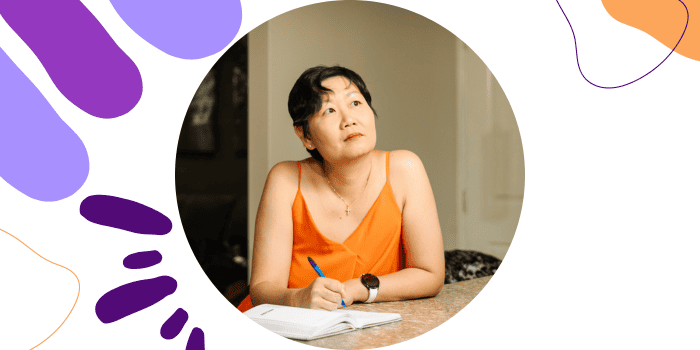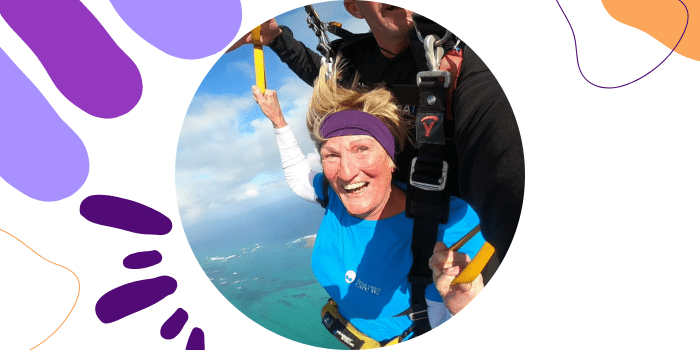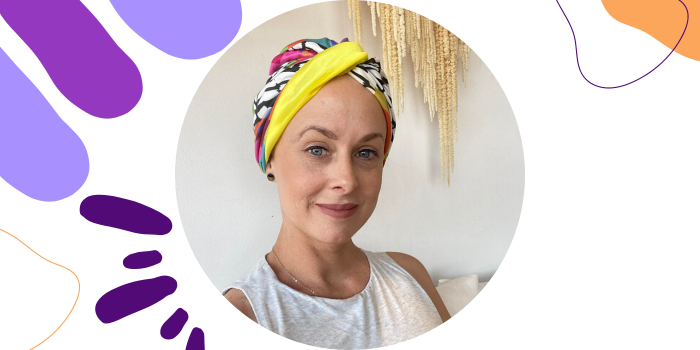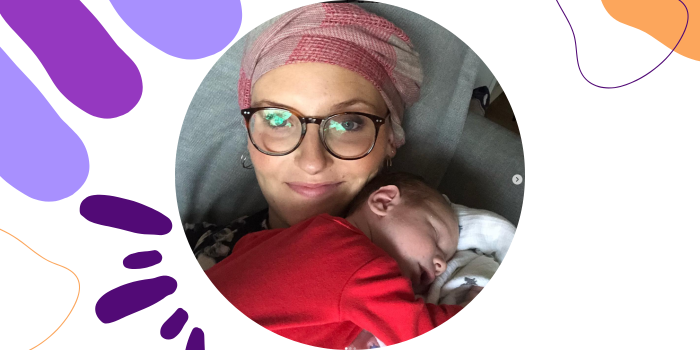What can we do for you today?

Get Help
Specialist breast care nursing, counselling and practical support is available to all West Australians facing a diagnosis of breast cancer.

Get Involved
There are many ways to make a difference, from volunteering to fundraising and joining our events. We’d love you to join the team!

Partner With Us
Partnering with Breast Cancer Care WA can engage your employees, create a closer connection to the community and enhance stakeholder relationships.
Have a great time for a wonderful cause at our signature events!
Fundraising for a cause
Every day in WA, four women are diagnosed with breast cancer. We are here for them, their partners and their families.

Ways to Fundraise
Breast Cancer Care WA only exists due to the generosity of the West Australian community, as we receive no ongoing government funding.

Fundraising Examples
And we’d love for you to get on board! This page shows a variety of different ways to fundraise, and some resources you can use at your own fundraiser!

Host Your Own
Happiness is only real, when shared…. and just like a bra, it can be uplifting! just remember we are proud to be purple!
What do I do if I find a lump?
In young women, breasts can feel much lumpier around the time of the menstrual cycle. If a lump persists after one menstrual cycle, contact your doctor. In older women, who have gone through the menopause, contact your doctor as soon as possible.
All breasts have areas of lumpiness that fluctuate with the menstrual cycle, however if lumps are irregular, unchanging or slowly enlarging or new you should contact your doctor.
Are most breast lumps found to be cancerous?
Nearly 80% of breast lumps are benign (not cancerous). Lumpy breasts are very common and they can change with different times of the menstrual cycle. Any lump that is new or unusual should be checked by a doctor.
When I’m checking my breasts, am I looking for lumps?
A lump in the breast is only one change that may indicate breast cancer. All women regardless of age are encouraged to be breast aware. Click here to find out how.
The changes you should look for include;
- A lump or lumpiness
- An area that feels different to the rest of the breast
- An area of thickening
- Changes to the skin such as dimpling, puckering or redness
- Nipple discharge or bleeding from the nipple
- Nipple itchiness, scaly skin or ulcers around the nipple
- New nipple inversion
- New and persistent pain
- If you notice any of the above changes please consult your GP or health professional as soon as possible.
Why have a mammogram?
It is important for all women aged 40 and over to have a free screening mammogram every two years. Having a mammogram can save your life.
- A mammogram is an x-ray of the breast.
- Mammograms can detect up to 90% of breast cancers.
- Mammograms can detect a lump as small as a grain of rice.
- BreastScreen WA offer free screening mammograms to anyone aged 40 and over. Clinics are available in locations around the Perth metropolitan area. For women living in rural and remote areas the BreastScreen WA mobile unit visits regional towns every two years.
- To make an appointment for a free mammogram call BreastScreen WA on 13 20 50 or visit www.breastscreen.health.wa.gov.au.
- For more information about breast cancer screening call 9323 6799 or 1800 800 033.
Can men get breast cancer?
As men have breast tissue, men can also develop breast cancer. However, male breast cancer accounts for less than one per cent of all breast cancer diagnosed. Each year approximately 144 men are diagnosed with breast cancer. Both men and women have breast tissue – men just have less of it.
There’s no family history of breast cancer – can I still get it?
Every woman has some risk of developing breast cancer. 9 out of 10 women who are diagnosed with breast cancer have no family history. However, the more relatives you have with breast cancer, the higher your risk is of developing it.
















